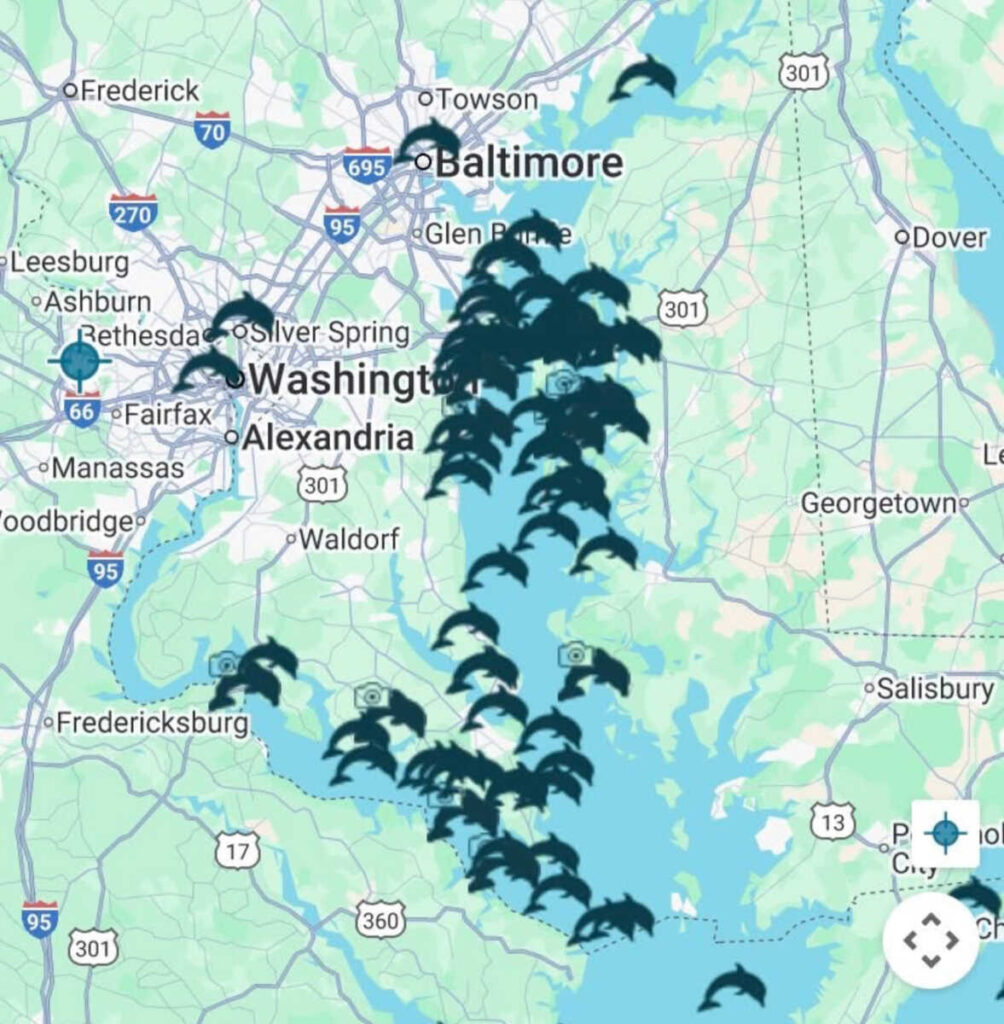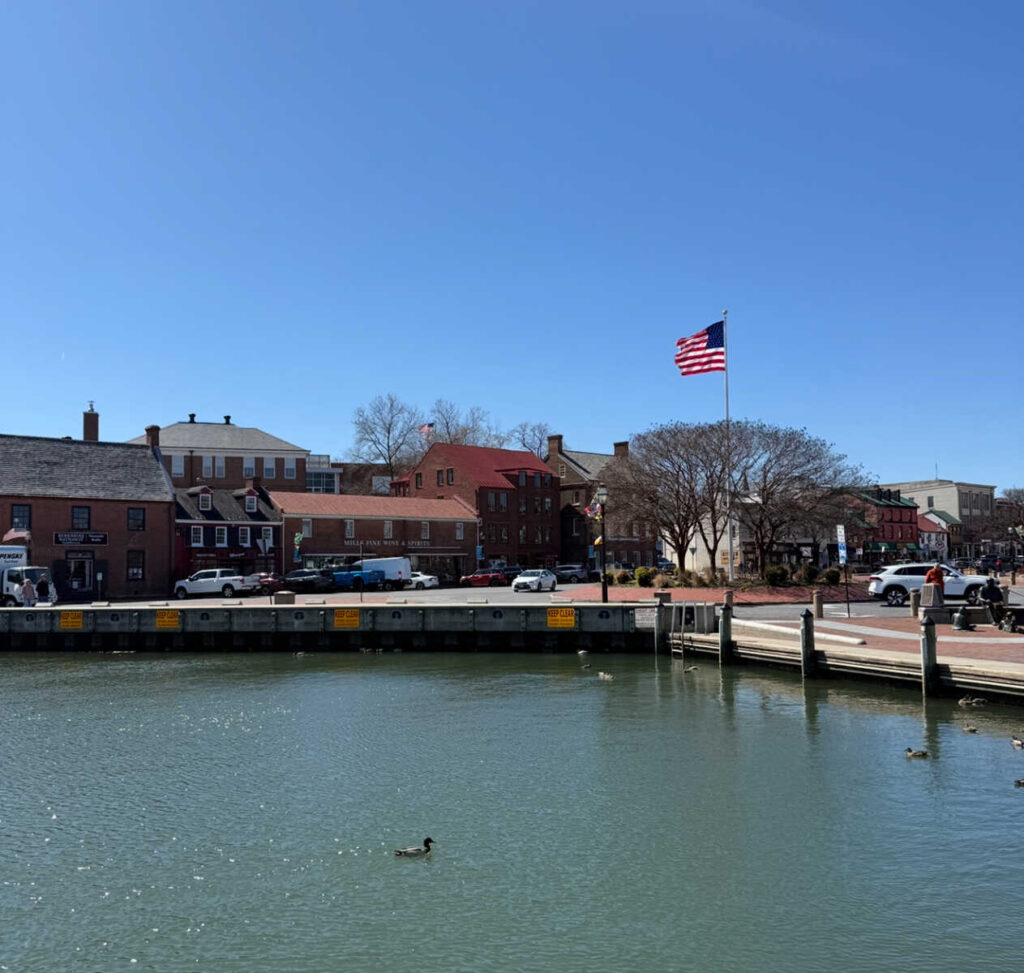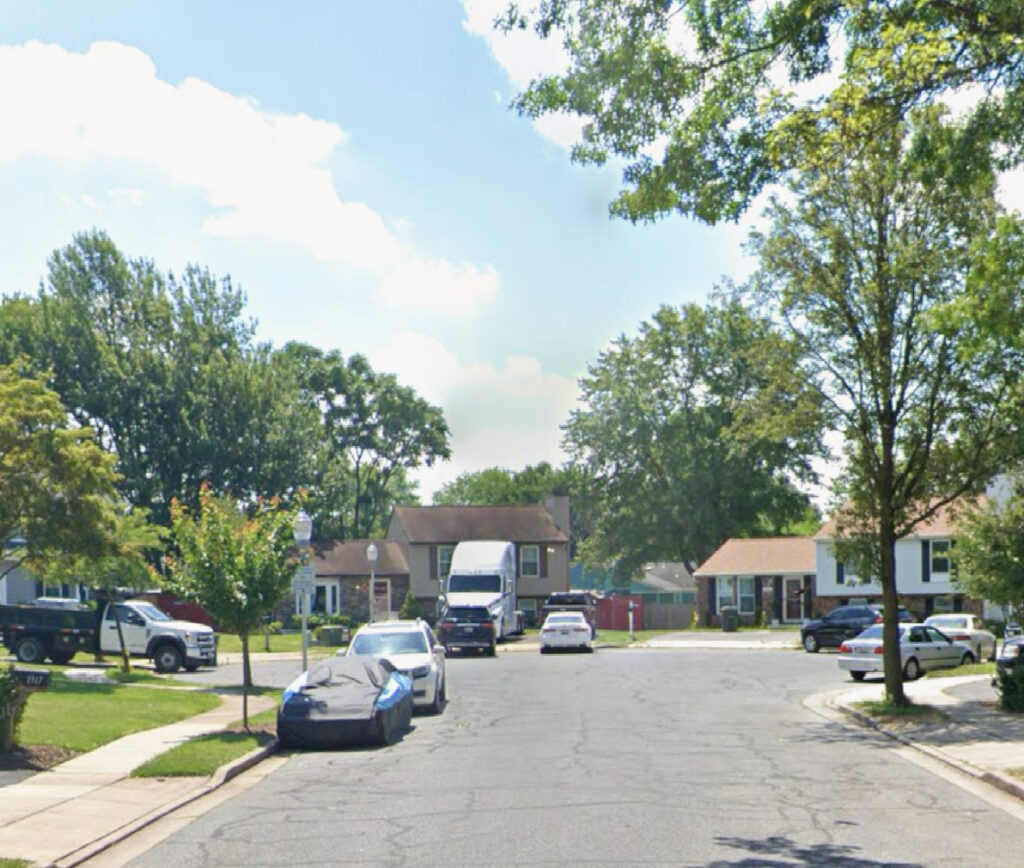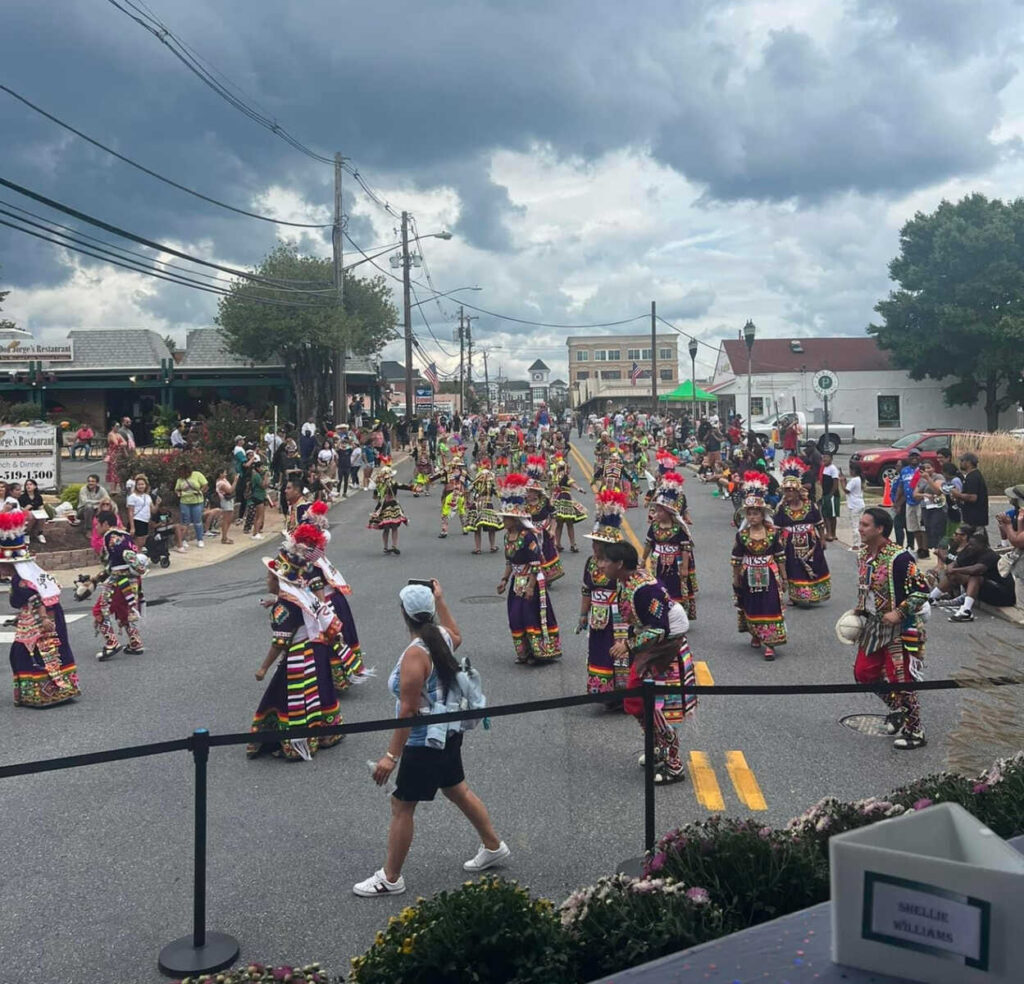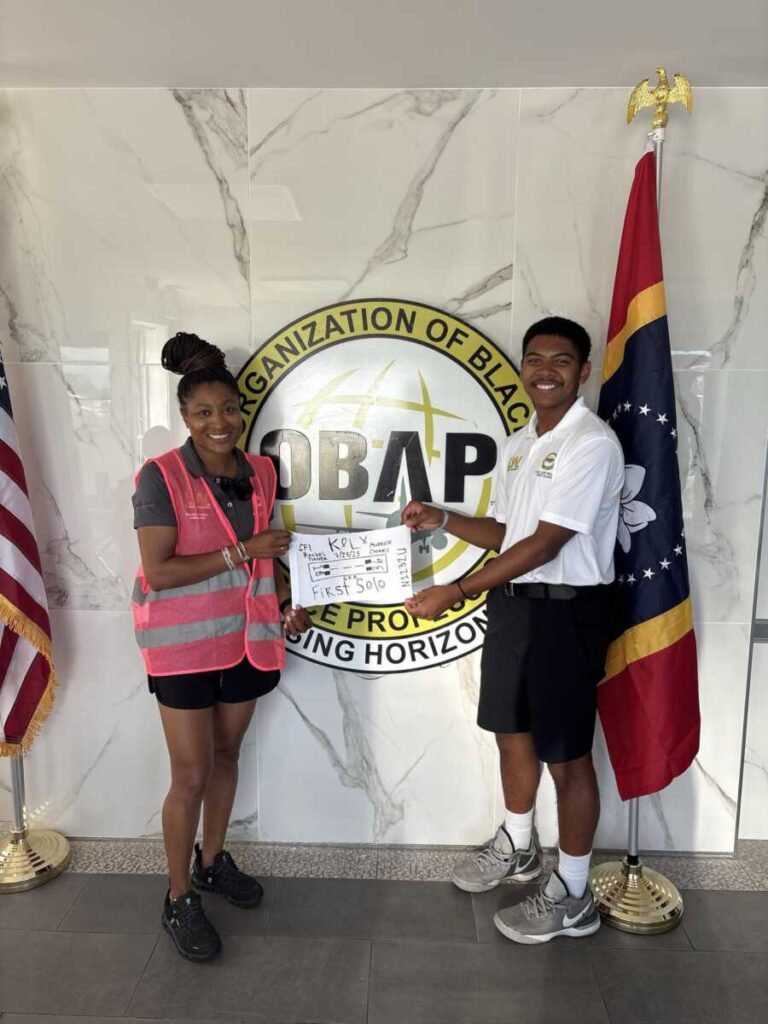The frequency, duration, and locations of use of the Chesapeake Bay by dolphins are being investigated by Dr. Helen Bailey and her team at the University of Maryland Center for Environmental Science’s Chesapeake Biological Laboratory. Photographs of dolphins seen throughout the region are posted on the Chesapeake Dolphin Watch Facebook page.
Maryland saw an exceptionally high number of sightings last week, with the Chesapeake Bay, Choptank River, Wye River, South River, St. Mary’s River, Patuxent River, Potomac River, Miles River, and Piankatank River seeing the most activity. Some of the sightings seem to be more north in the Potomac River than typical, according to the photo posted by Chesapeake Dolphin Watch.
Have you personally saw dolphins nearby? We’d like to hear it all! In the comments section below, let us know where you have seen them. Remember to use our Chesapeake DolphinWatch app or website to report any sightings you may have. Let’s maintain the enthusiasm for dolphins!
According to Dolphin Watch’s Chesapeake: Dolphins are among the biggest residents of the Chesapeake Bay and are stunning, gregarious creatures. However, our knowledge of them is somewhat limited. When do they go to the Bay, and where do they go? To find out, we need your assistance! The Atlantic coast of the United States is home to many bottlenose dolphins (Tursiops truncatus). Dolphins have been observed jumping in the air and bow-riding boats in the Chesapeake Bay during the summer months. Because of their tiny, stubby beaks, they are called bottlenoses and have a gray body. Adult bottlenose dolphins can weigh between 300 and 1200 pounds and grow to a length of 9 to 12 feet. They consume a range of species, such as squid and fish.
